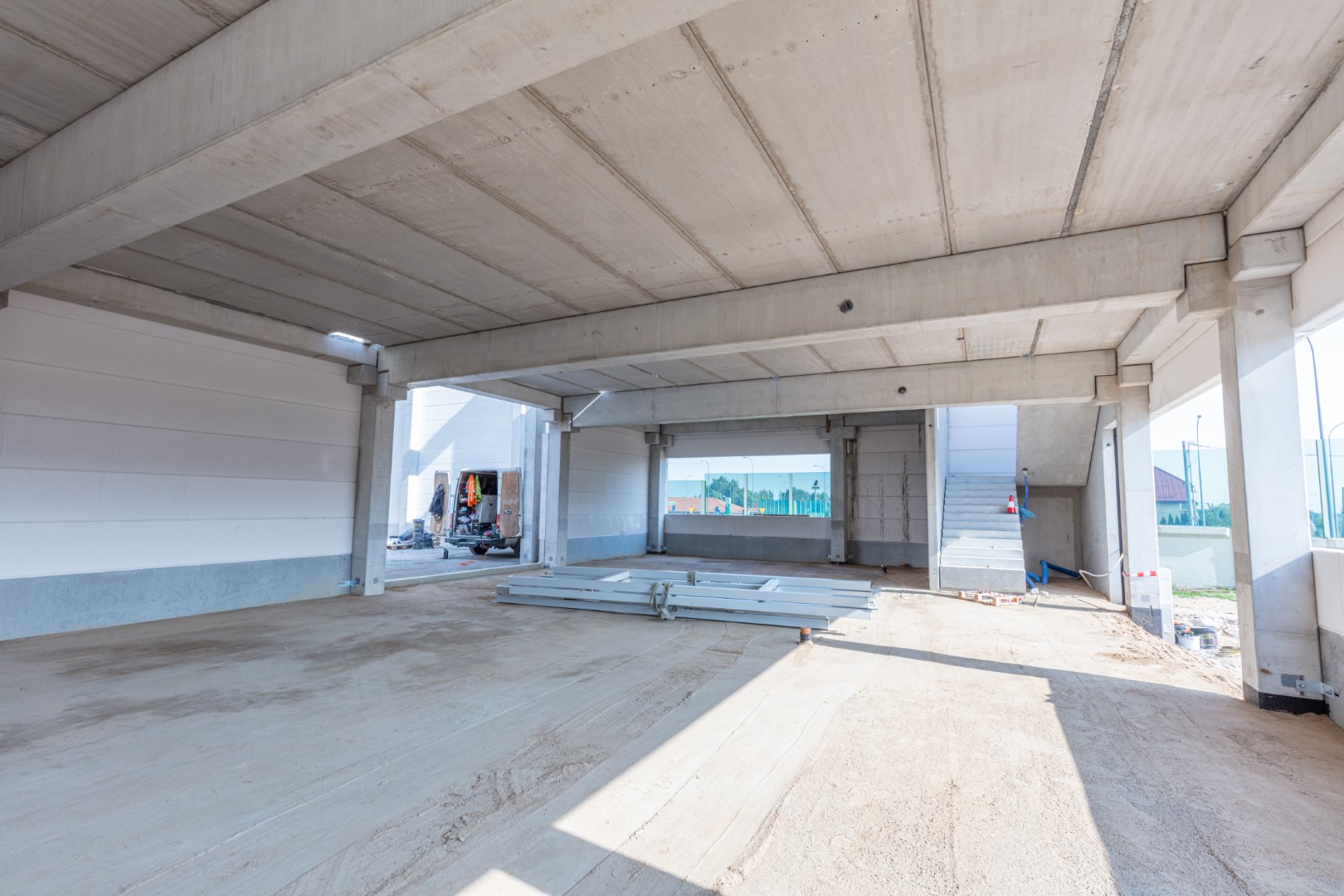Diving into a concrete project isn’t just about mixing and pouring; it’s an art that blends technical precision with a dash of creativity. This blend makes concrete a go-to for professionals and DIY enthusiasts alike. Its robustness and adaptability are unmatched, serving as the backbone for various projects from solid foundations to aesthetic walkways. Yet, mastering concrete demands more than just combining water, cement, and aggregates. It’s about a thorough grasp of its qualities, careful planning, and meticulous execution. Ready to make your next project stand out with concrete? Here’s how to nail it from the start. With these essential tips, your concrete projects will not only endure but also capture the visual appeal you aim for.
1. Understand the Basics
The journey to mastering concrete work begins with a solid grasp of the fundamentals. Concrete is a composite material made of water, aggregate (rock, sand, or gravel), and Portland cement. The ratios of these components can vary depending on the desired concrete properties, such as strength, workability, and durability. Knowing how these elements interact is crucial, as it influences everything from the mix selection to the curing process. Additionally, understanding how environmental factors like temperature and humidity affect concrete setting and curing can help you plan your project timing and execution more effectively.
2. Calculate the Right Amount
One of the critical steps in any concrete project is accurately estimating the amount of concrete needed. Underestimating can halt your project midway, while overestimating leads to wastage and unnecessary expense. Accurate estimation is crucial in any concrete project. Guessing wrong means either stopping work unexpectedly or wasting money on excess material. The Concrete Network’s concrete calculator is your solution. It calculates the precise volume needed, considering your project’s dimensions and the specific concrete work. Input your specs, and get the right amount every time. This tool makes your project smoother and saves money. By inputting your project’s specifications, you can ensure that you order the right amount of concrete, making your project run smoother and more cost-efficient.
3. Choose the Right Mix
Selecting the appropriate concrete mix is pivotal to the success of your project. The market offers a variety of premixed concrete products tailored to different applications, from high-strength mixes suitable for structural foundations to lighter, more workable mixes ideal for decorative surfaces. Factors to consider when choosing your mix include the project’s scale, the load it will bear, exposure to environmental elements, and the finish you aim to achieve. Sometimes, custom mixing your concrete allows for more control over these factors, but it requires a deeper understanding of how different proportions affect the concrete’s properties.
4. Prepare Your Site Properly
Proper site preparation cannot be overstated in its importance to a successful concrete project. Begin by clearing the area of any debris, roots, or rocks that could interfere with the concrete’s integrity. Next, ensure the ground is stable and level; this may involve compacting the soil or adding a sub-base layer of gravel. Setting up forms correctly is also crucial, as they shape and contain the concrete until it cures. Investing time in thorough site preparation prevents common problems such as cracking, uneven surfaces, and water pooling, laying the groundwork for a flawless finish.
5. Use Reinforcements When Necessary
For projects that demand additional durability and strength, incorporating reinforcements is a wise strategy. Materials such as steel rebar or wire mesh can significantly enhance the concrete’s load-bearing capacity and resistance to tension forces. These reinforcements are particularly important in applications where the concrete will undergo frequent or heavy use, such as driveways, floors, and load-bearing walls. By embedding these materials within the concrete, you create a composite that is far more resilient to cracking and structural failure, ensuring the longevity and safety of your project.
6. Mix Thoroughly
The mixing process is crucial in achieving a consistent and homogenous concrete mixture. It’s essential to follow the manufacturer’s instructions for mixing ratios and times to ensure the concrete achieves the desired strength and workability. Whether mixing by hand or using a mechanical mixer, ensure that the components are blended thoroughly. A well-mixed concrete should have a uniform color and texture. Inadequate mixing can lead to weak spots, color discrepancies, and reduced durability of the finished product. For larger projects, consider using a concrete mixer to achieve a more consistent mix throughout the project.
7. Pour and Spread Evenly
Pouring concrete is a critical stage that requires precision and care. Distribute the concrete evenly across the formwork to avoid creating air pockets or uneven layers. Use tools such as shovels, rakes, or come-alongs to guide the concrete into all corners and along the edges. It’s important to work quickly yet carefully to ensure the concrete is spread before it begins to set, maintaining a level surface throughout the pour. This step is crucial in achieving a solid and uniform foundation for your project.
8. Properly Level and Smooth
Once the concrete is poured, leveling (screeding) and smoothing (floating) are necessary to create the desired finish. Use a screed board to level off the excess concrete and achieve a flat surface. Follow up with a float to smooth out the surface, closing up any holes and pushing the aggregate down. This process helps in creating a compact and level surface, preparing it for any final texturing or decorative treatments. Proper finishing techniques are vital in ensuring the longevity and aesthetic appeal of the concrete surface.
9. Cure Correctly
Curing is a critical process that ensures the concrete reaches its maximum strength and durability. Proper curing involves maintaining adequate moisture and temperature conditions for a specific period. Methods can include moist curing with wet burlap or plastic sheeting, or using a chemical curing compound that seals in moisture. Curing time can vary depending on the concrete mix and environmental conditions but typically lasts for at least seven days for most mixes. Proper curing significantly impacts the concrete’s long-term performance and resistance to wear and tear.
Conclusion
Working with concrete successfully involves more than just mixing cement and water. From understanding the basics to curing and sealing the final product, each step in the process is crucial for achieving a durable, functional, and visually appealing outcome. By following these essential tips—calculating the right amount, choosing the correct mix, preparing the site thoroughly, using reinforcements, and applying proper finishing techniques—both DIY enthusiasts and professional builders can ensure their concrete projects stand the test of time. With careful planning, precision, and patience, working with concrete can be a rewarding experience that yields impressive results.
Discover more from Futurist Architecture
Subscribe to get the latest posts sent to your email.




